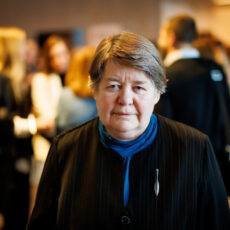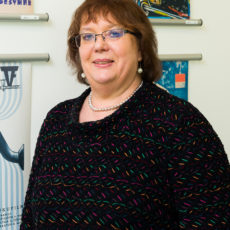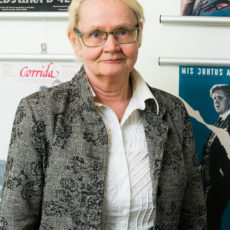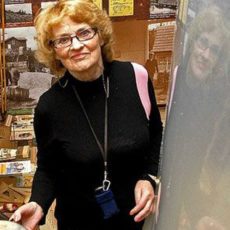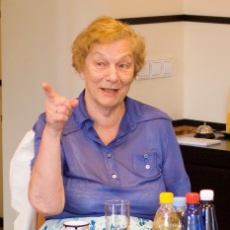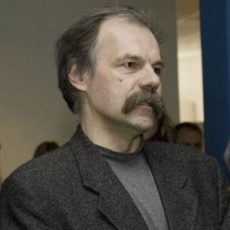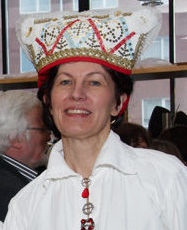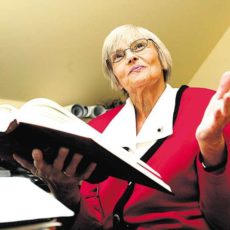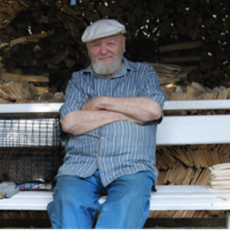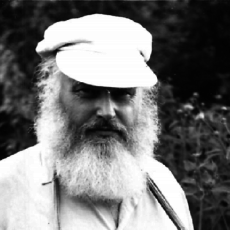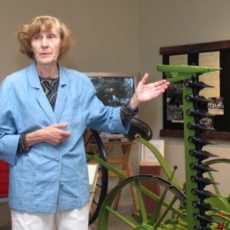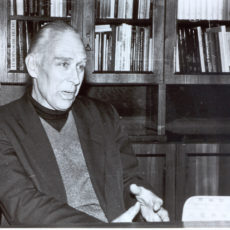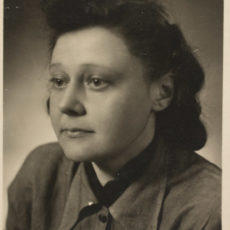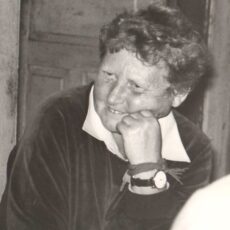Leila Pärtelpoeg is one of Estonia’s most outstanding interior architects. Her creations can be seen and experienced in restaurants and manors, cafes and museums. Pärtelpoeg is a valued designer of modern solutions and historical interiors and has received numerous awards for her work. Her knowledge of historic furniture and interiors is vast – but behind this is an extraordinary person.
In her long creative career, Leila has made many successful designs of historical buildings, among them a number of manors such as Palmse, Sagadi, Rägavere, Vihula, Kolga, Järlepa, Saku etc. Her hand can also be felt in the Tallinn Town Hall and Toompea Castle. She has designed Fr. R. Kreutzwald House Museum in Võru and Tartu Citizen’s Museum.
Leila Pärtelpoeg is a sensitive, dedicated designer who describes her creative process as follows: “A big empty house. The only thing you know is the family tree: births, marriages, deaths, generations, constructions… Strange lives, about which something is known, but not how they lived. You stand in front of empty spaces and have to create a network, not knowing your future possibilities and what truths may be revealed. You want to get closer to the truth, choose correctly. The choice depends on the opportunities that are offered.” (Leila Pärtelpoeg. Workbook. Tartu 2011, p. 75)

